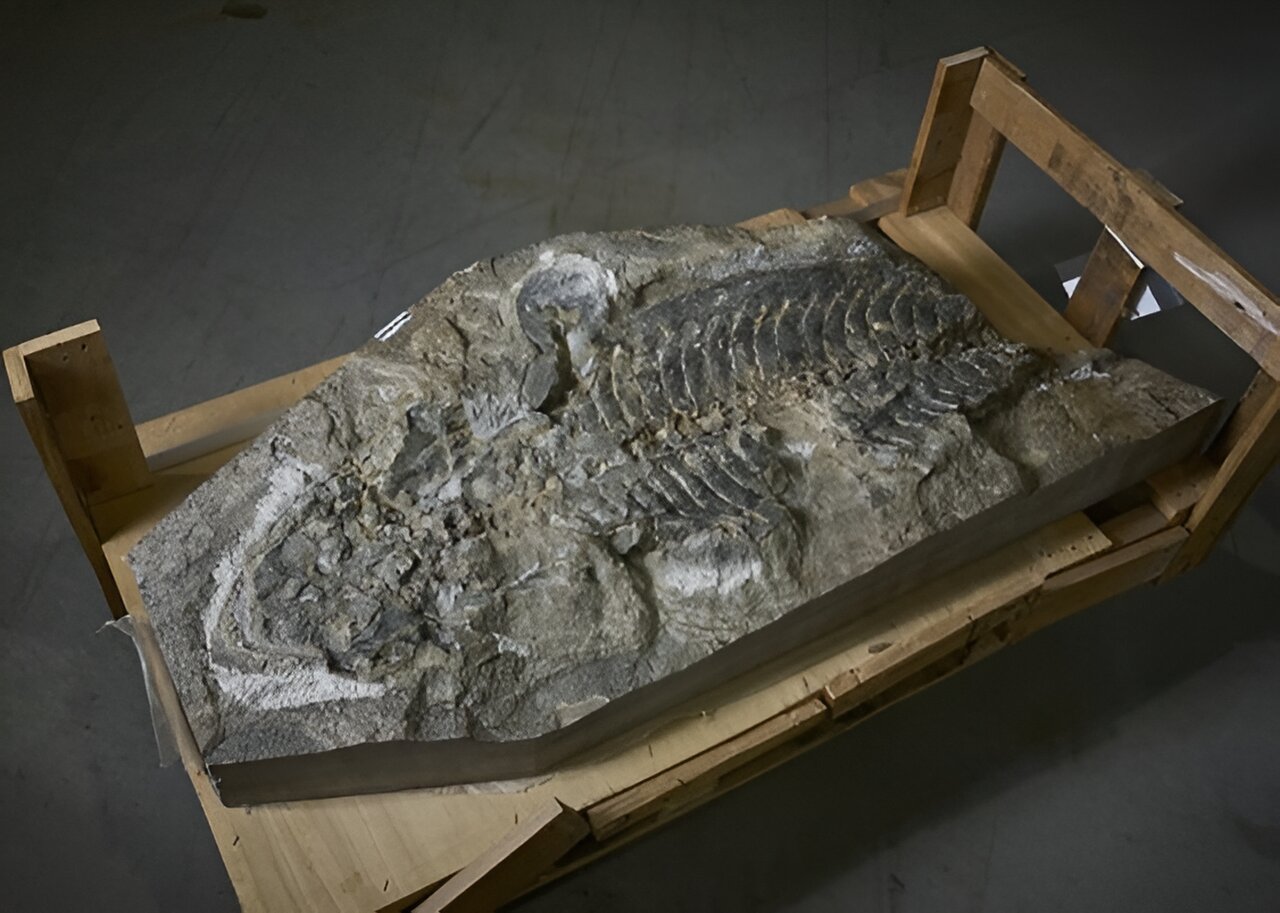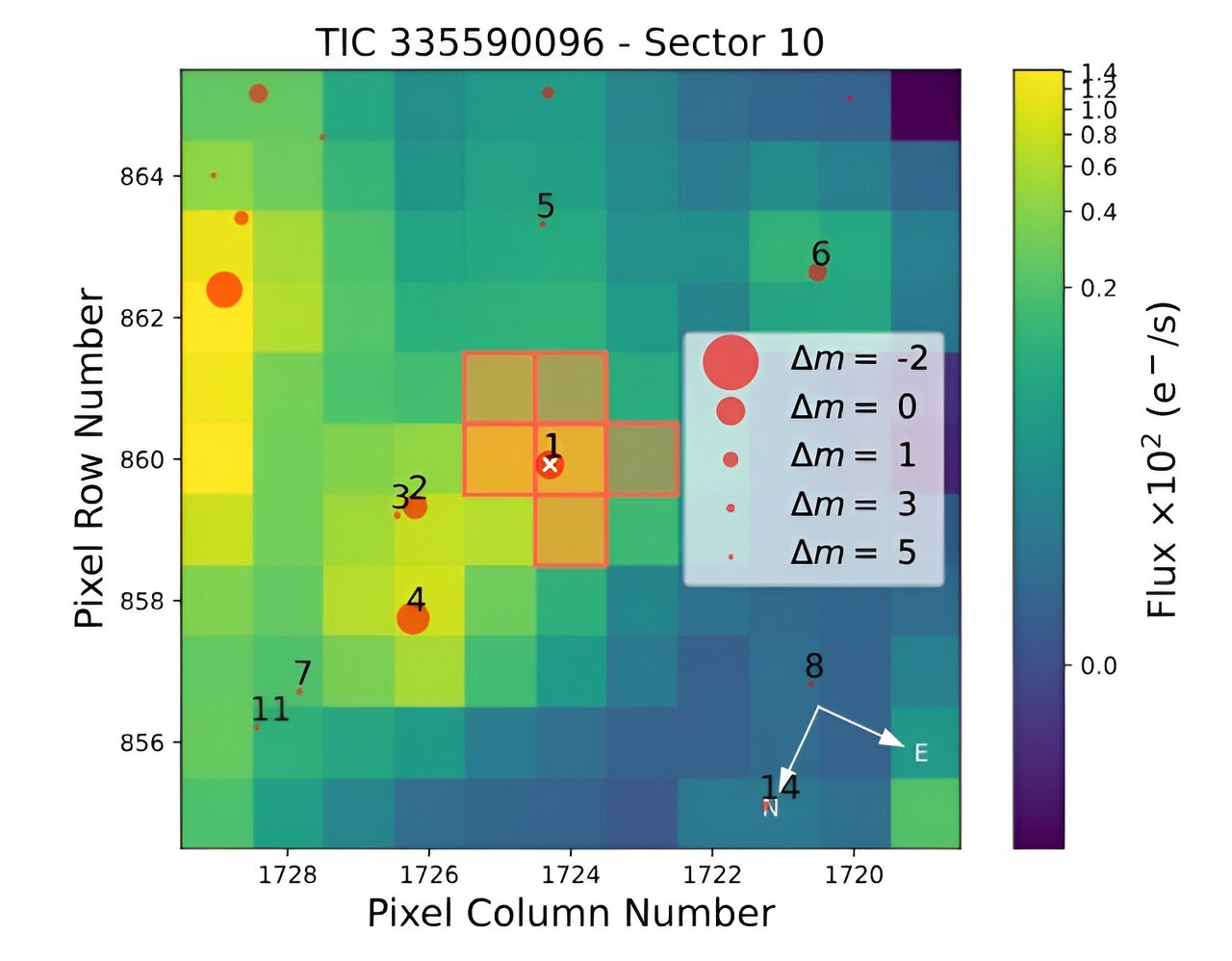Prepare to be amazed by the incredible discovery of Arenaerpeton supinatus! This ancient amphibian, dating back 240 million years, was found in rocks intended for a garden wall.
Prepare to be amazed by the incredible discovery of Arenaerpeton supinatus! This ancient amphibian, dating back 240 million years, was found in rocks intended for a garden wall.
Unearthed by a retired chicken farmer in the 1990s, this 240-million-year-old fossil has finally been named and described by scientists at UNSW Sydney and the Australian Museum. It was generously donated to the Australian Museum after its initial discovery.
What makes this fossil truly remarkable is that it showcases not only the nearly complete skeleton of Arenaerpeton supinatus but also the preserved outlines of its skin. This provides a rare glimpse into the appearance of this extinct creature.
Arenaerpeton supinatus belonged to a group of extinct animals called temnospondyls, which existed before and during the time of the dinosaurs. The preservation of both the head and body, as well as the soft tissues, is an extraordinary find.
During the Triassic period, 240 million years ago, Arenaerpeton inhabited freshwater rivers in what is now known as the Sydney Basin. While it likely preyed on ancient fish like Cleithrolepis, there is still much to learn about the other creatures that shared its environment.
With its head resembling that of the modern Chinese Giant Salamander, Arenaerpeton was a heavyset amphibian with impressive teeth, including fang-like tusks. This discovery challenges previous assumptions about the size and characteristics of its relatives.
What sets Arenaerpeton apart is its large size, estimated to be around 1.2 meters from head to tail. Most other related animals from the same time period were much smaller, making this find even more intriguing.
Dr. Matthew McCurry, a Senior Lecturer at UNSW’s School of BEES and Curator of Paleontology at the Australian Museum, describes this fossil as a significant discovery in Australian paleo history. It represents a crucial part of our country’s fossil heritage.
The study detailing this extraordinary find has been published in the Journal of Vertebrate Paleontology. If you’re eager to witness this ancient wonder for yourself, the fossil will be on display at the Australian Museum in Sydney later this year.
,,,








